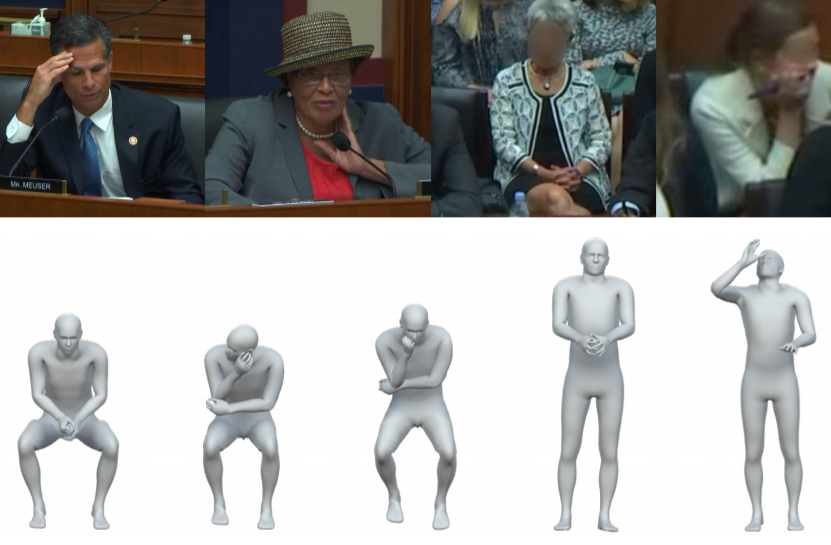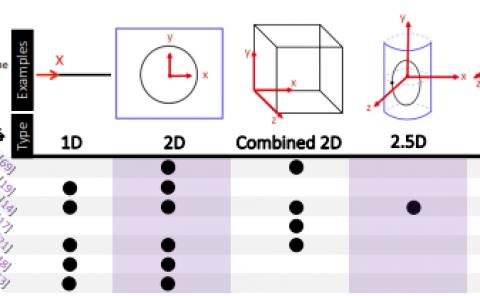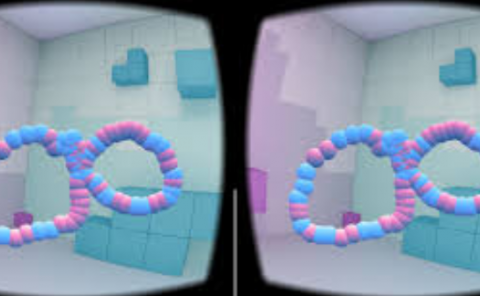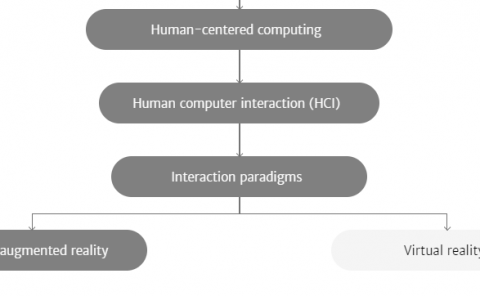UNOC: Understanding Occlusion for Embodied Presence in Virtual Reality
PubDate: Nov 2020
Teams: Graz University of Technology;Facebook Reality Labs
Writers: Mathias Parger, Chengcheng Tang, Yuanlu Xu, Christopher Twigg, Lingling Tao, Yijing Li, Robert Wang, Markus Steinberger
PDF: UNOC: Understanding Occlusion for Embodied Presence in Virtual Reality

Abstract
Tracking body and hand motions in the 3D space is essential for social and self-presence in augmented and virtual environments. Unlike the popular 3D pose estimation setting, the problem is often formulated as inside-out tracking based on embodied perception (e.g., egocentric cameras, handheld sensors). In this paper, we propose a new data-driven framework for inside-out body tracking, targeting challenges of omnipresent occlusions in optimization-based methods (e.g., inverse kinematics solvers). We first collect a large-scale motion capture dataset with both body and finger motions using optical markers and inertial sensors. This dataset focuses on social scenarios and captures ground truth poses under self-occlusions and body-hand interactions. We then simulate the occlusion patterns in head-mounted camera views on the captured ground truth using a ray casting algorithm and learn a deep neural network to infer the occluded body parts. In the experiments, we show that our method is able to generate high-fidelity embodied poses by applying the proposed method on the task of real-time inside-out body tracking, finger motion synthesis, and 3-point inverse kinematics.



